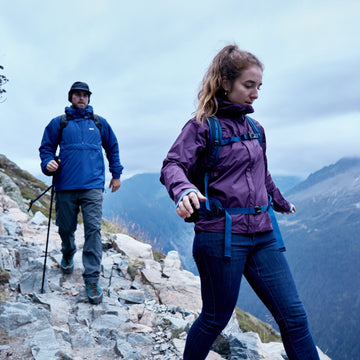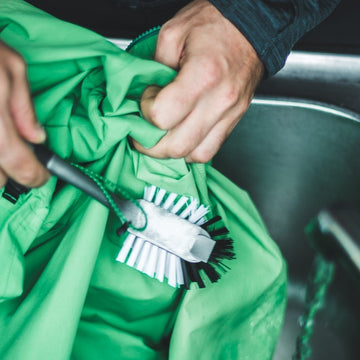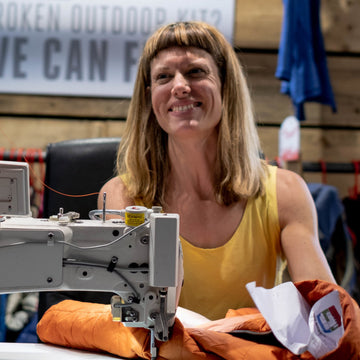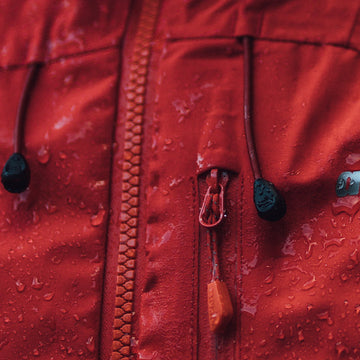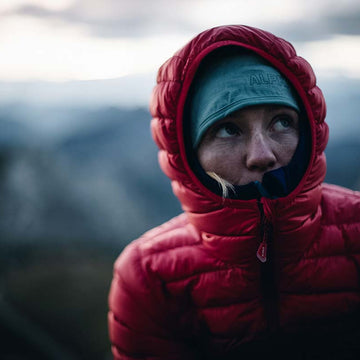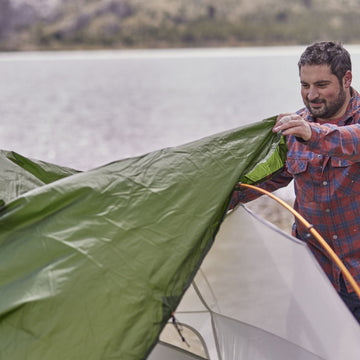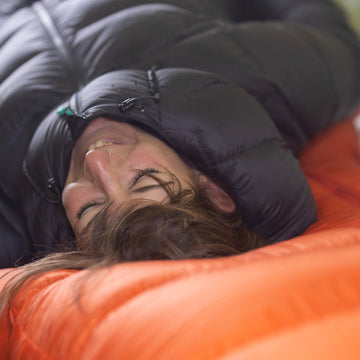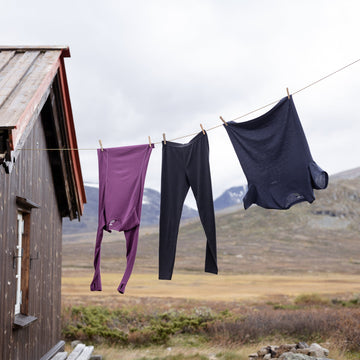
PFC-free gear is the future. Learn how these advancements in technology protect you and the environment and why we're embracing this sustainable innovation.
If you’ve ever worn a waterproof jacket or a pair of softshell walking trousers then you've probably already come into contact with PFCs – perhaps without even knowing it.
With an ominous three letter acronym, PFCs don't exactly sound like happy, friendly chemicals that are good for the planet. But what are they? Why are they used? And what's the deal with PFC-free outdoor gear?
- What are PFCs?
- Why are PFCs used in outdoor gear?
- Are PFCs harmful to the environment?
- What does PFC-Free mean?
- Why is Alpkit now PFC-free?
- Is PFC-free outdoor gear harder to look after?

What are PFCs?
PFC stands for ‘perfluorinated compound’. You may also see them referred to as ‘fluorocarbons’. PFCs are a wide range of man-made chemicals used in everything from non-stick coatings on pans to the foam in fire extinguishers.
Why are PFCs used in outdoor gear?
Some types of PFC are exceptionally good at repelling water, dirt and oil. As a result, they became widely used in durable water repellent (DWR) treatments for outdoor clothing and equipment. These particular PFCs raise the surface tension of a fabric enough for water to form in droplets (bead) on top rather than soaking in. DWR treatments are mostly waterproof jackets and waterproof fabrics work?">used on waterproof fabrics to keep them breathable and stop them becoming saturated. But they are also used to treat everything from gloves to rucksacks to tents.

Are PFCs harmful to the environment?
PFCs often leach into the water system during manufacturing, or directly from clothes, where they will then build up through the food chain. As a result, PFCs have been found in glaciers, on the icecaps and even in the stomachs of polar bears. There are multiple different types of PFCs and some are more toxic and harmful than others. However, all PFCs can break down into other substances which are harmful in high quantities.
Long-chain PFCs
Historically, the most commonly used PFCs in outdoor gear manufacture were 'C8' fluorocarbons (PFCs with 8 carbon atoms) like PFOA and PFOS. However, these chemicals were found to be highly ‘persistent’, building up in the environment without breaking down. They were also linked to causing a number of health problems in the human body so they were soon banned in Europe and around the world.
Short-chain PFCs
The outdoor industry shifted to using ‘shorter chain’ or ‘C6’ PFCs for DWR treatments as these were still water and oil repellent (if not quite as long-lasting) and thought to be less harmful. Although these C6 PFCs break down quicker and accumulate a lot slower, evidence suggests they can also build up in the environment with a potentially harmful effect.
If outdoor clothing and equipment is described as PFC-free, it usually means that it's been treated with a DWR that repels water without needing to use PFCs. These DWRs can be silicon-based, wax-based or even plant-based, so ‘PFC-free' is really just a catch-all term for a wide range of treatments.
Why is Alpkit now PFC-free?
PFCs played an essential role in the development of modern outdoor clothing; we wouldn't have Waterproof jackets">breathable waterproof jackets without them! However, we now know that their use has an unnecessary environmental cost. Recent breakthroughs in fabric technologies means that it's now perfectly possible to find effective water repellent treatments without the harmful environmental impact.
The obstacles
Moving away from PFCs has been a long-term goal for Alpkit. However, it wasn't just as simple as slapping a PFC-free DWR on a jacket! The effectiveness of the treatment depends on the composition, structure and purpose of each individual fabric. Some fabrics are really hard to find an effective finish for without causing negative side effects. Pairing the right fabric with the right treatment, as well as all the testing and manufacturing, takes a lot of time.
First steps in the right direction
We've been working on our own range of PFC-free clothing since Spring 2018. The first step was to stop using any DWR treatments on products where it wasn’t critical to their performance. In 2020, we started using PFC-free DWRs across all of our insulated jackets">insulated jackets and sleeping bags and Thermolite® synthetic sleeping bags">sleeping bags, as well as switching over to DownTek® PFC-Free Water Repellent Down.
The last piece of the jigsaw
The most challenging step was to find a treatment and fabric combination for our Waterproof jackets">waterproofs that wouldn’t compromise their performance. We've even made garments where one half is PFC-free and the other is C8 to compare real world performance. After a lot of hard work, we’re very proud to say that all of our waterproofs are now completely PFC-free. We'll soon be one of the first major outdoor brands to be 100% PFC-free across our entire clothing range!
Redefining Innovation
The Waterproof jacket">Definition (below) is one of the world's first PFC-free mountaineering shells. The Definition's unique 3-layer waterproof fabric has been specially developed by Alpkit, in collaboration with world-class fabric mills. It uses the highest performing, most environmentally-friendly DWR available. Product innovation used to be about making kit as lightweight as possible. We believe innovation for the 2020s will be defined by our ability to to deliver urgent action on the climate crisis and unfolding ecological disasters – without compromise to performance.

Is PFC-free outdoor gear harder to look after?
All DWR-treated outdoor gear waterproof jacket and waterproof trousers">requires regular washing and reproofing to repel water effectively. When dirt, oil and other contaminants get into treated fabrics, they stop water from beading on the outer surface effectively. As PFC-free DWRs aren’t oil or dirt repellent (unlike the old PFC-based treatments), you may find that you need to wash and reproof your equipment a little more frequently. Luckily, this is dead easy to do – if you look after your gear, it'll look after you!
More to read: Run | Hike | Climb | Camp | Swim | Bike | Paddle

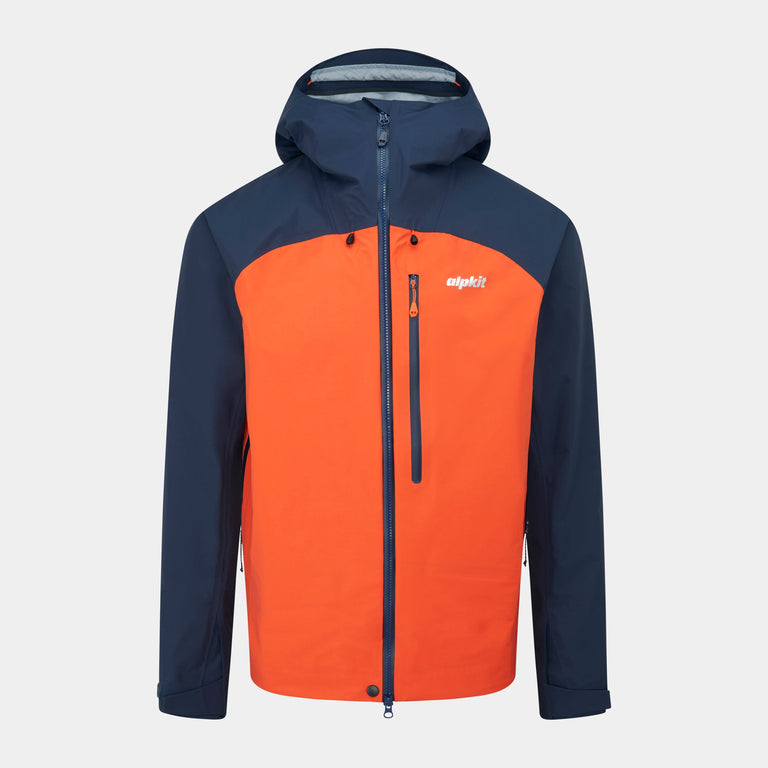
![Definition [Mens]](http://alpkit.com/cdn/shop/files/Definition-men-2.jpg?v=1760030579&width=768)
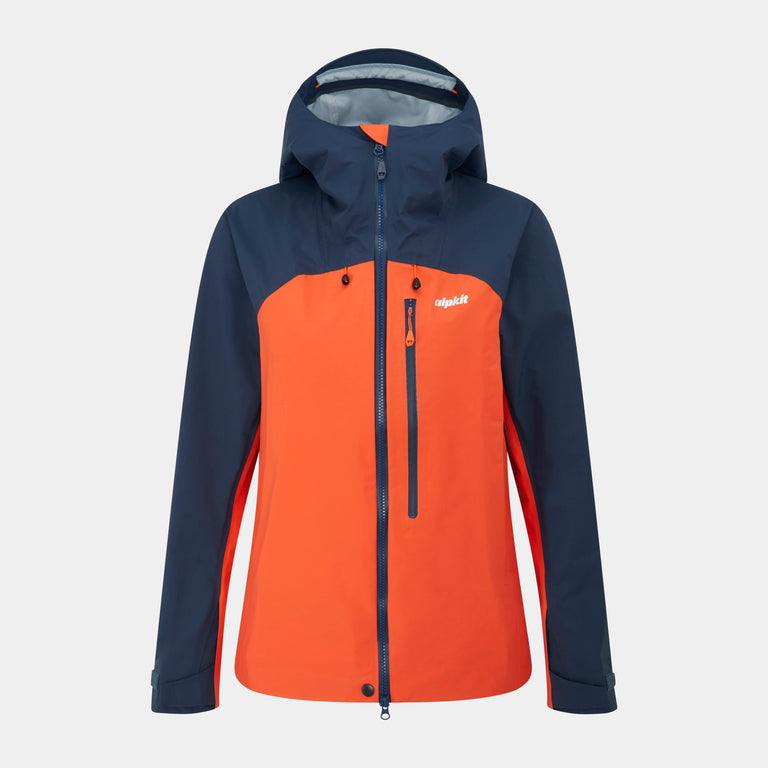
![Definition [Womens]](http://alpkit.com/cdn/shop/files/Definition-women-1.jpg?v=1760030577&width=768)
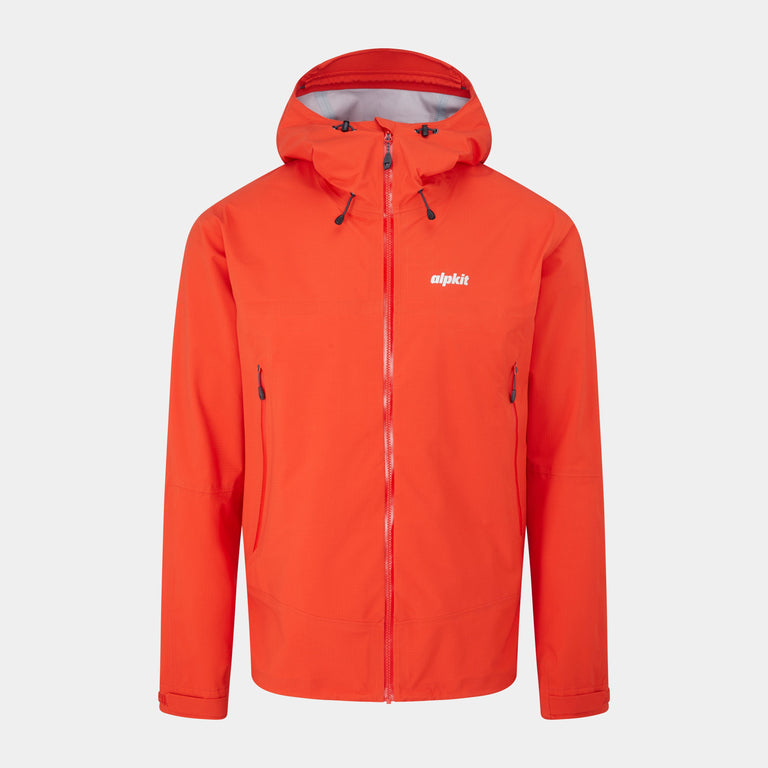
![Balance [Mens]](http://alpkit.com/cdn/shop/files/Balance-mens-2.jpg?v=1761214781&width=768)
![Balance [Womens]](http://alpkit.com/cdn/shop/files/balance-womens-2025-surf.jpg?v=1760019556&width=768)
![Balance [Womens]](http://alpkit.com/cdn/shop/files/Balance-womens-3.jpg?v=1760023493&width=768)
![Fortitude [Mens]](http://alpkit.com/cdn/shop/files/fortitude-mens-2025-alder.jpg?v=1763659494&width=768)

![Fortitude [Womens]](http://alpkit.com/cdn/shop/files/fortitude-womens-2025-alder.jpg?v=1763659499&width=768)

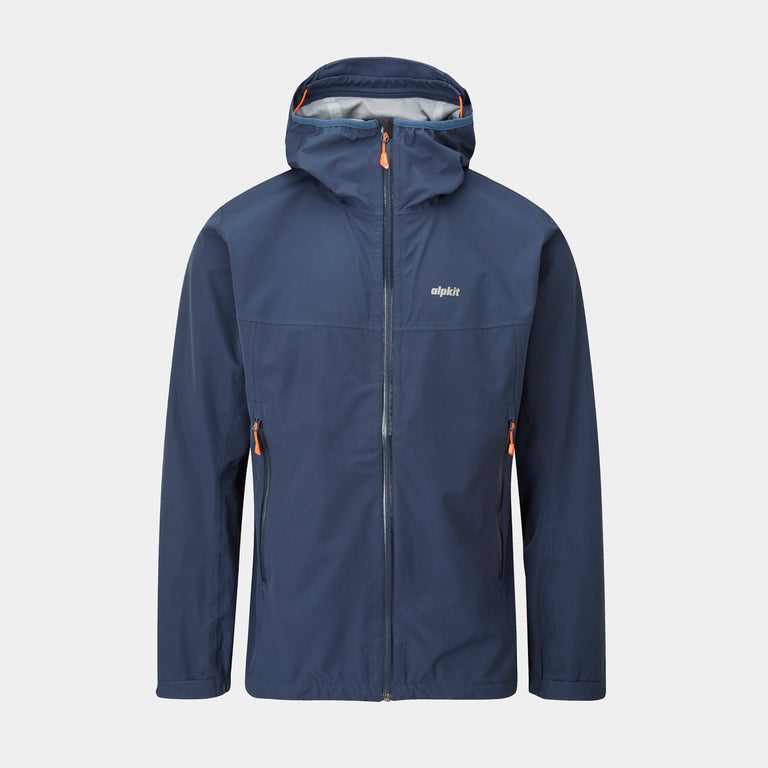
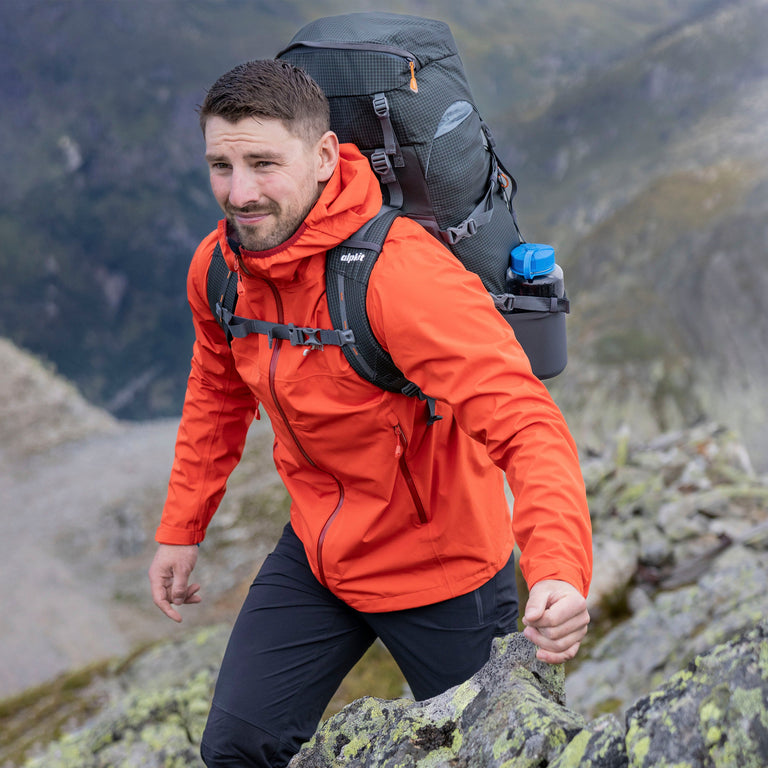
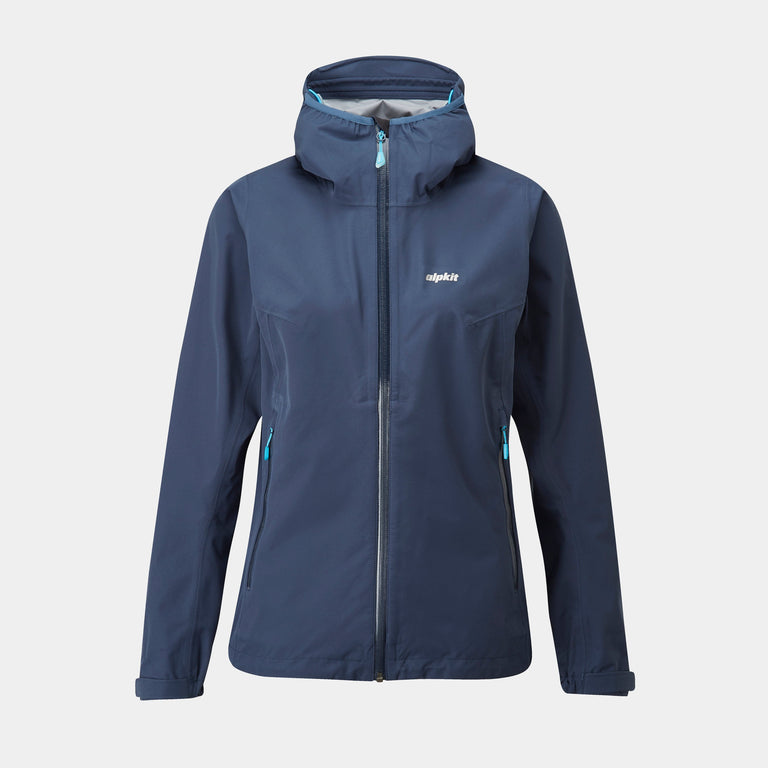
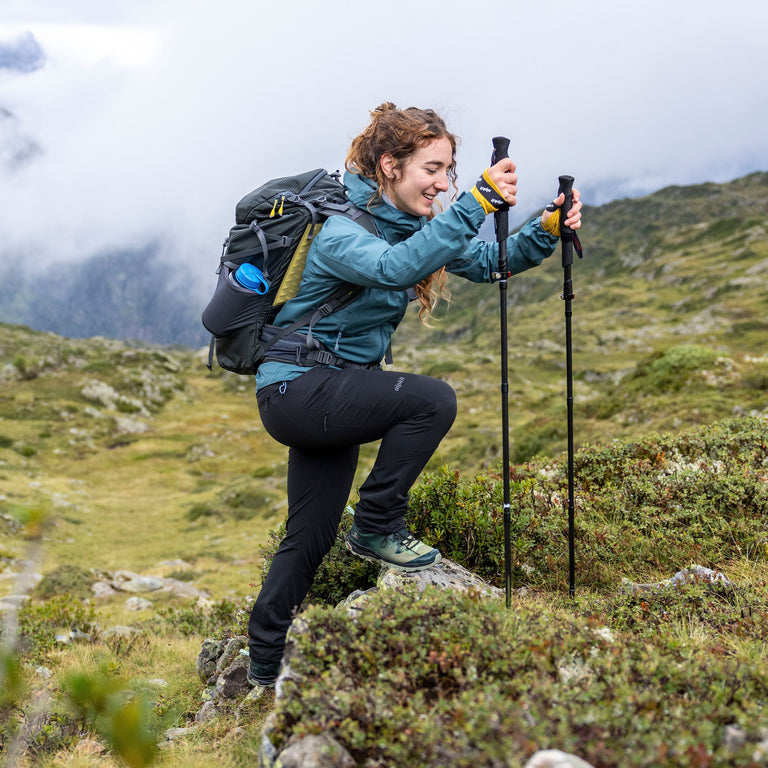


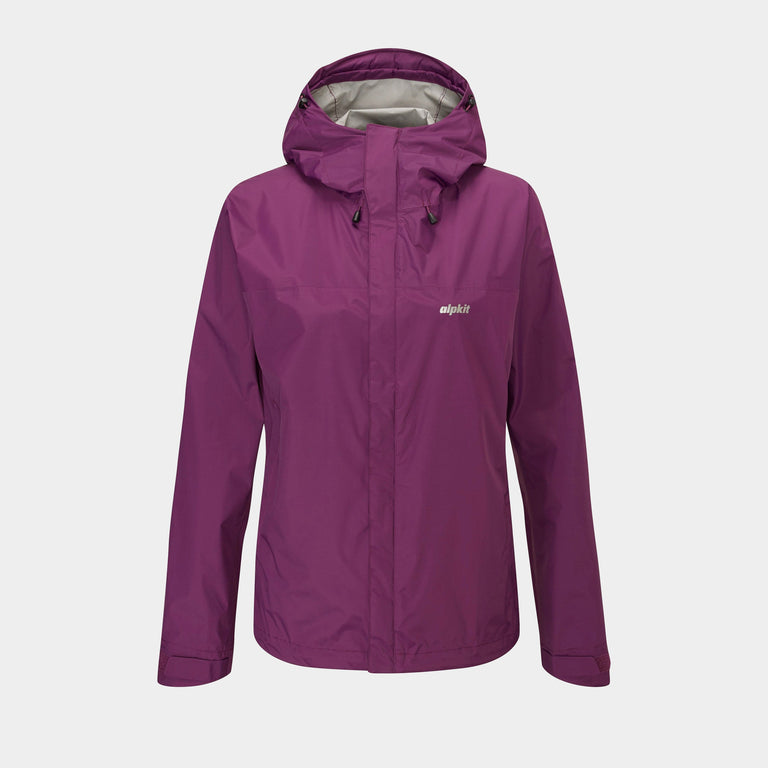
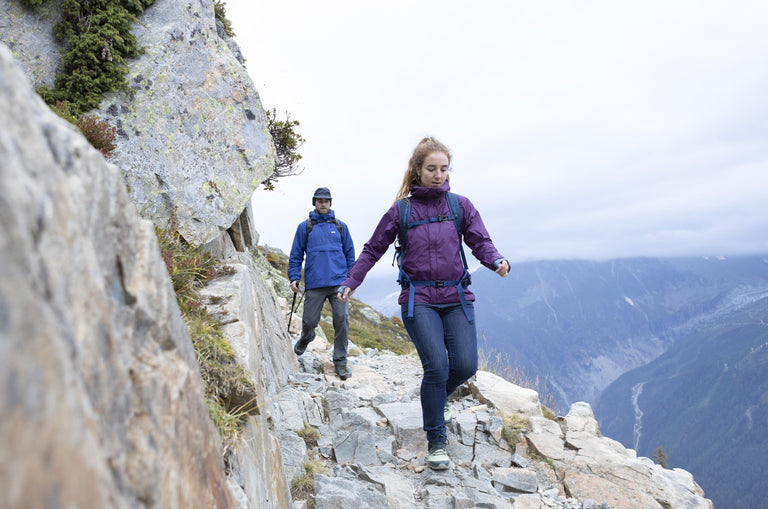
![Gravitas [Mens]](http://alpkit.com/cdn/shop/files/mens-gravitas-mercury.jpg?v=1763657445&width=768)

![Gravitas [Womens]](http://alpkit.com/cdn/shop/files/womens-gravitas-reef.jpg?v=1722461253&width=768)

